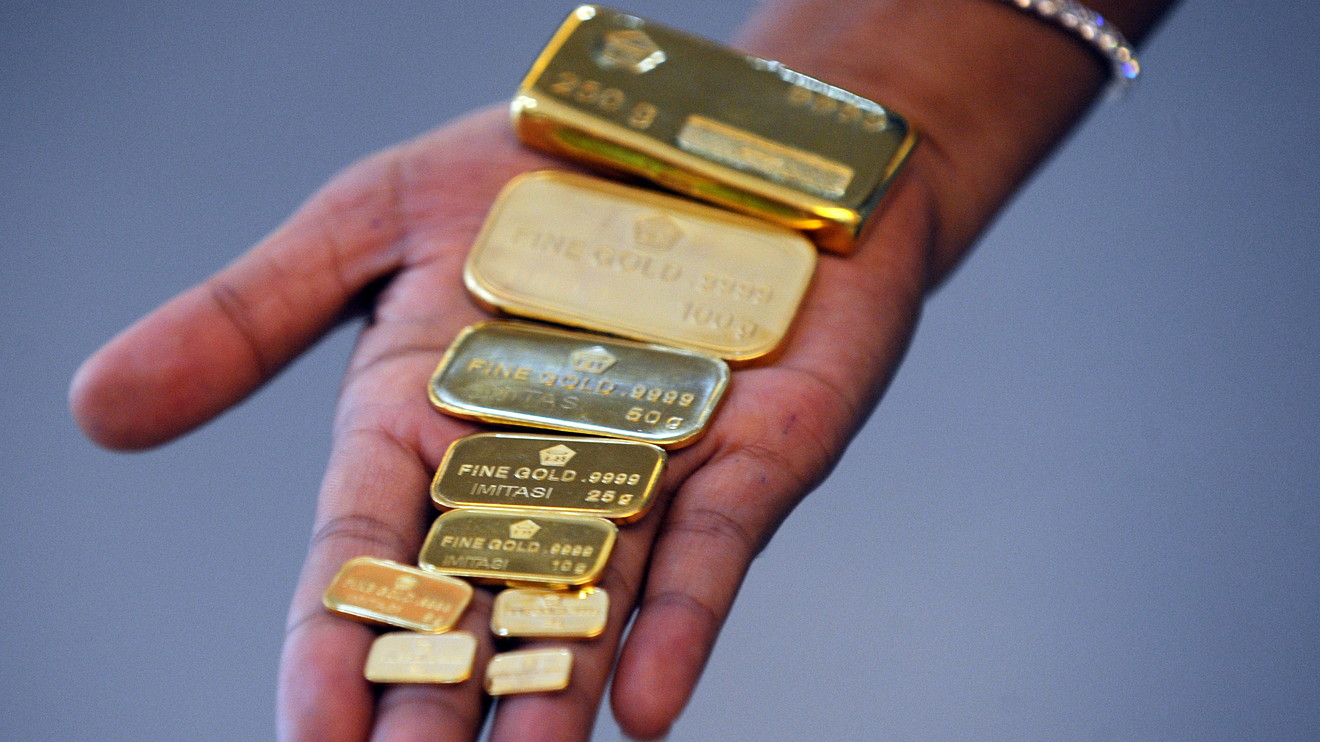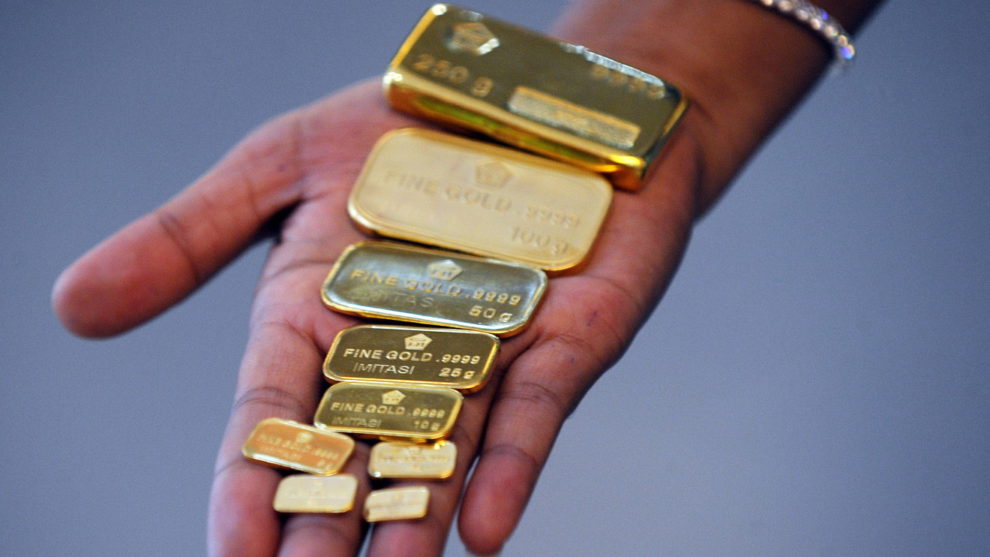
Gold futures on Friday were headed for a sharp drop for the day and week as worries about the spread of the COVID-19 epidemic around the world failed to bolster the asset that is traditionally perceived as a haven.
“The safe-haven metals bulls are confounded their markets cannot catch a bid amid the very keen risk aversion in the marketplace that sees world stock and financial markets in turmoil,” wrote Jim Wyckoff, Jim Wyckoff, senior market analyst at Kitco, in a Friday research report.
Gold for April delivery GCJ20, -1.08% on Comex was off $18.80, or 1.2%, at $1,624.90 an ounce, and headed for a weekly slide of 1.4%, according to FactSet data. It ended Thursday’s session virtually unchanged even as the Dow Jones Industrial Average DJIA, -2.46% fell by near 1,200 points, setting the benchmark U.S. stock indexes up for their worst weekly decline since the 2008 financial crisis.
May silver SIK20, -3.61%, meanwhile, dropped 56 cents, or 3.2% to, to $17.14 an ounce, headed for a weekly skid of 7.4%. If that weekly loss holds, the white metal would mark its sharpest weekly slide since the period ended Oct. 7, 2016, according to FactSet data based on the most-active contracts.
It is worth noting that both gold and silver rallied in the lead-up to the recent stock market plunge, with gold trading near a seven-year high and silver also bouncing sharply higher as investors flocked to those perceived havens. However, the rally in precious metals has petered out this week.
“There is an old saying in trading markets that when times get really dire and anxiety is high, you don’t sell what you want, you sell what you can. Such is likely part of the reason safe-haven gold has seen downside price pressure this week,” wrote Wyckoff.
Meanwhile, Michael O’Rourke, chief market strategist at JonesTrading said that the tandem selloff in stocks and gold, an unusual dynamic because gold tends to draw bids when risk assets are sold, is due to deflation fears.
“The weakness in Gold today is a market signal about fears of global deflation settling in,” O’Rourke wrote.
Deflation is usually defined as an actual decline in the prices of consumer goods which tends to discourage spending and slow economic growth further.
div > iframe { width: 100% !important; min-width: 300px; max-width: 800px; } ]]>




